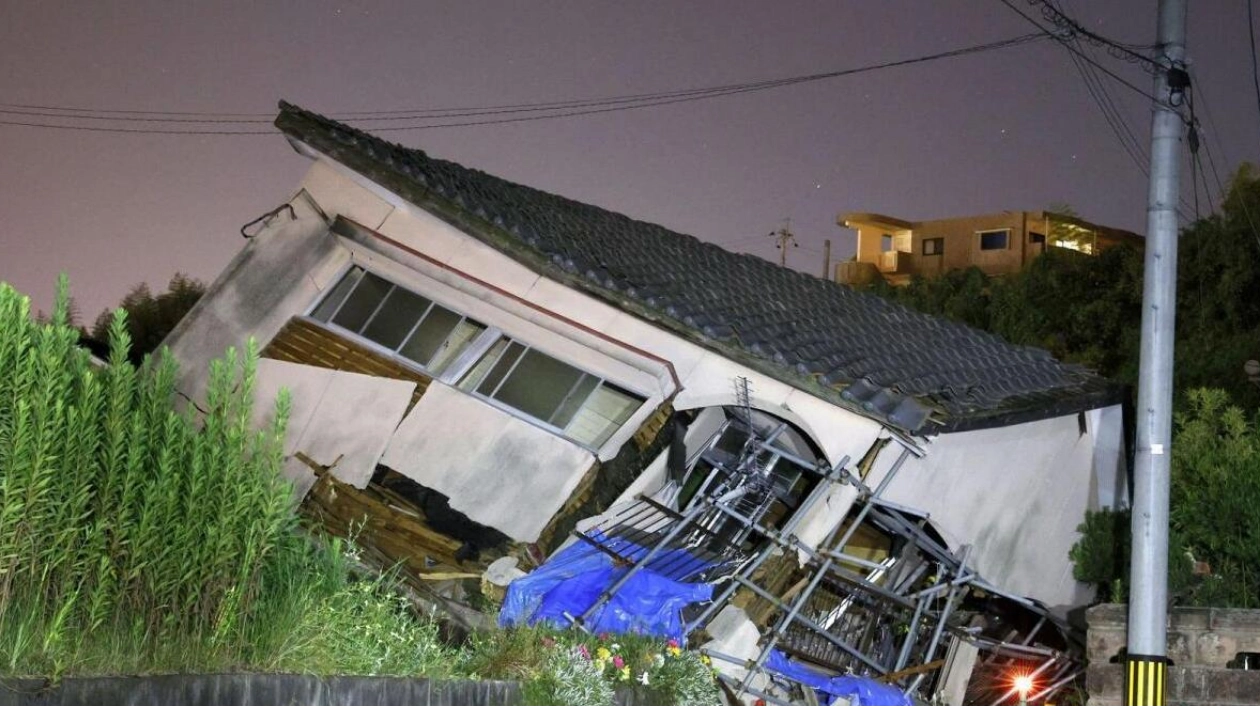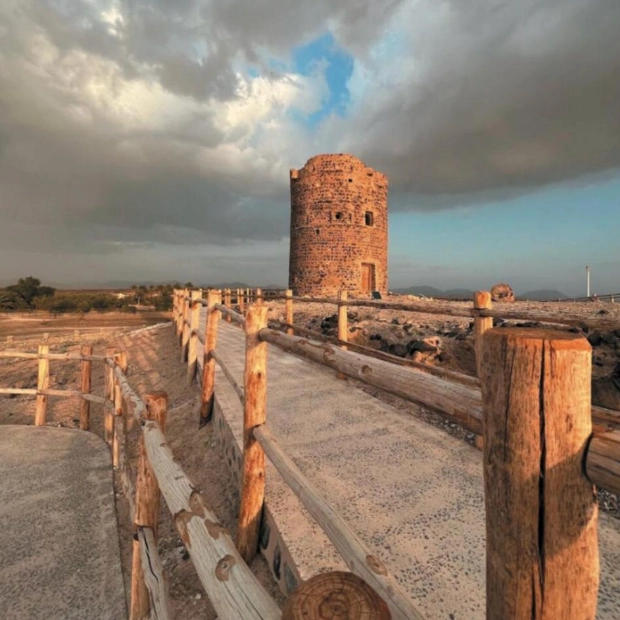Japan's earthquake scientists have cautioned about the potential for an imminent 'megaquake' following a magnitude 7.1 quake in the south that injured eight people on Thursday.
"The likelihood of a new major earthquake is higher than usual, but this does not necessarily mean that a major earthquake will occur," stated the Japan Meteorological Agency (JMA). This marks the first advisory under a new system established after the 2011 major earthquake. A government spokesperson did not comment on a report by broadcaster NHK that Prime Minister Fumio Kishida might cancel his trip to Central Asia starting Friday due to the warning.
During Thursday's tremor off the southern island of Kyushu, traffic lights and cars shook, and dishes tumbled off shelves, but no significant damage was reported. The Fire and Disaster Management Agency confirmed that eight people were injured, some by falling objects. Japan, home to 125 million people and situated atop four major tectonic plates, experiences about 1,500 earthquakes annually, most of them minor. Despite larger tremors, the impact is typically mitigated by advanced building techniques and well-practiced emergency procedures.
The government has previously estimated a 70 percent chance of a megaquake striking within the next 30 years. Such an event could affect a broad section of Japan's Pacific coastline and potentially endanger 300,000 lives in the worst-case scenario, according to experts. "While earthquake prediction is impossible, the occurrence of one earthquake often increases the likelihood of another," noted experts from Earthquake Insights. However, they emphasized that even with an elevated risk of a second earthquake, the overall risk remains "still always low."
On January 1, a 7.6-magnitude earthquake and powerful aftershocks struck the Noto Peninsula on the Sea of Japan coast, resulting in at least 318 deaths, building collapses, and road disruptions. In 2011, a massive 9.0-magnitude undersea earthquake off northeastern Japan caused a tsunami that led to approximately 18,500 deaths or disappearances. It also triggered a meltdown of three reactors at the Fukushima nuclear plant, marking Japan's worst post-war disaster and the most severe nuclear accident since Chernobyl.
A future megaquake could originate from the extensive Nankai Trough off eastern Japan, which has historically experienced major earthquakes, often in pairs, with magnitudes reaching eight or even nine. This includes the 1707 event, until 2011 the largest recorded, followed by eruptions in 1854 and pairs in 1944 and 1946.






